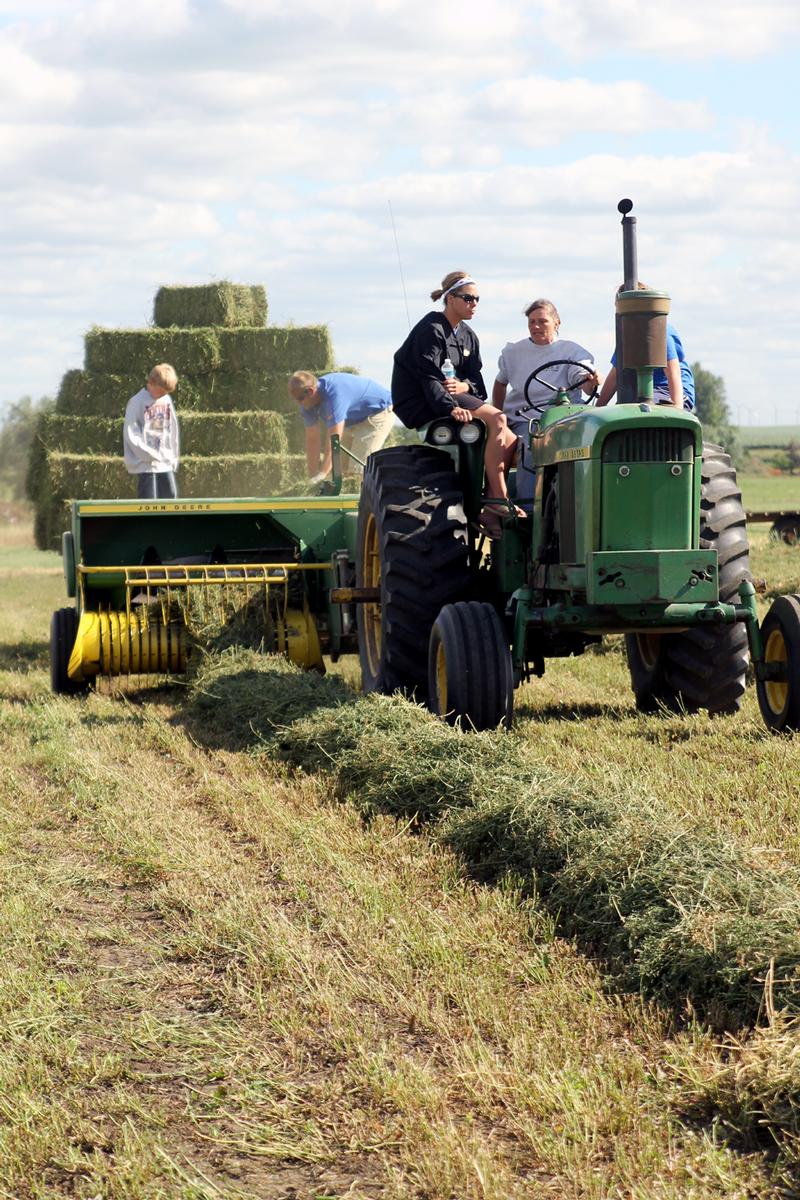Floods and drought may mean higher food pricesDallas, TX - Expect to shell out more lettuce on fruits and veggies.
Yeah, thanks to Mother Nature, we may be paying ten percent more by fall.
In North Carolina, rain is the problem, lots of rain, which means flooded fields washing away all sorts of crops from corn to tobacco.
In Iowa, the problem is lack of rain. Dry weather there means the corn crop won't get the water it needs as we go into the pollination season, and the delay in planting puts the crop at an even bigger disadvantage.
Drought and record high temperatures hit farmers in the west, particularly rice farmers here in southeast Texas.
And the record heat could mean another spike in dairy prices pretty soon. Cows don't like really hot temperatures, so dairy farmers have to spend extra money keeping their cattle cool.
Last year, Michigan had to import apples because warm weather triggered early apple blossoms that died off in a prolonged cold spell. But growers expect a good harvest this year, which is good news for apple lovers.
Heavy rains and floods are washing away entire corn fields in northeast China.
But heat is the problem in other parts of the country. Longjing tea plants are withering in their fields because of prolonged scorching temperatures.


Comment: Just to clarify, these are atmospheric phenomena, not astronomical.